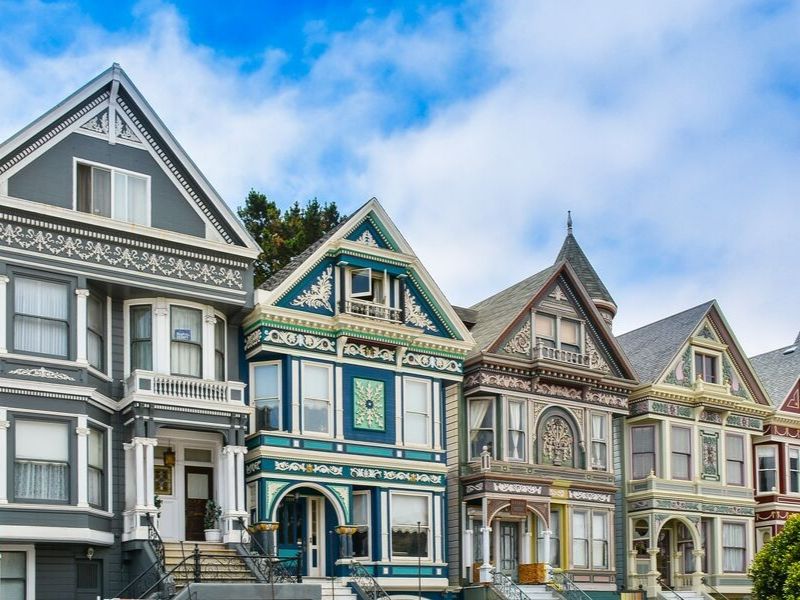Preservation of cultural heritage buildings carries its own set of challenges. Heritage refers to traditions, values, and culture that belongs to a community and it is something that passes down through generations. Moreover, cultural heritage is found in buildings, photos, paintings, and more. This is a very specialized field of contracting that is both honorable and challenging.
We invite you to keep reading to learn about the top challenges owners and contractors face when preserving buildings of cultural heritage.
What are the Top Challenges When Preserving Buildings of Cultural Heritage?

Maintenance, Repair, and Craftsmanship
Maintenance tasks often include replacing old, rotten wood with newer, stronger wood. Even though the process of preserving a cultural heritage building is time-consuming, integrity is a top priority. When environmental integrity is at risk in your construction project consult with Cascade Environmental for their expertise to deal with debris and hazardous materials.
When contractors preserve a building, they often use the same craftsmanship, textures, and styles used in the original build. Naturally, it takes a little longer than a normal home renovation to achieve the desired outcome. especially if it has fallen into disrepair over a long period of time
The Right Materials to Match the Original Build
One of the difficulties of preserving a historic building is in obtaining the right materials for maintenance and repairs. Finding the right materials is challenging due to the special nature of the project. The contractor must take steps to rehabilitate the building, retain the historical perspective, and keep it in good repair to ensure safety.
These are just a few challenges of preservation of these buildings, however, there are more problems these buildings face. Keep reading to learn more about natural disasters and cultural heritage buildings.
Reinforcing for Natural Disasters
Many areas are prone to natural disasters such as hurricanes, flooding, and wind. Other areas are prone to drought, fire, and earthquakes. In these areas, cultural heritage buildings require special treatment.
There are steps to make the historic building stronger to withstand such disasters. These steps include reinforcing the building, restoring it, and elevating it. This is challenging because of the strict adherence to guidelines for elevating a historic building and when making modifications.
Flooding
One of the most ominous threats is flooding. For areas that are prone to flooding, barriers or flood gates are a few of the protective measures that help keep rising waters from entering the historic site.
Sump pumps also remove water out of the building and basements. Contractors also relocate electrical devices and fuel tanks whenever possible. By doing this, it lowers their potential for devastating accidents.
Wildfire
This is the next most common threat to historic buildings. Wildfires spread very quickly and are sometimes hard to put out.
Heat can also destroy cultural items such as rock art as well. When rock becomes hot from a fire, it causes the water found in sandstone to evaporate. The result of this is for the rock engravings or petroglyphs to have spalling of the rock.
One method to help keep wildfires away or at bay with historic buildings is to use resilience measures such as fire-retardant roofs. Keep in mind wildfires are often spread due to hot embers being blown by the wind. When a fire-retardant roof is put into place, it helps protect against these flying embers.
Another must-have is a sprinkler system installation because water damage is easier to fix than a burned-down building.
A Glimpse Into Our Past

Many areas have historic buildings that provide us with a glimpse into our past. It is important that we do not destroy these buildings but protect them. Preserving them is hard because many of the materials are not readily available to purchase and are costly.
Protecting our cultural heritage buildings is important. Next time you walk into a historic building, thank a contractor for helping restore and preserve it for many years to come!
All Images Courtesy of Canva.
Other Posts You Might Enjoy:
8 Great Examples of Mid-Century Modern Influential Architecture
3 Examples of Wellness Architecture for Your Home





